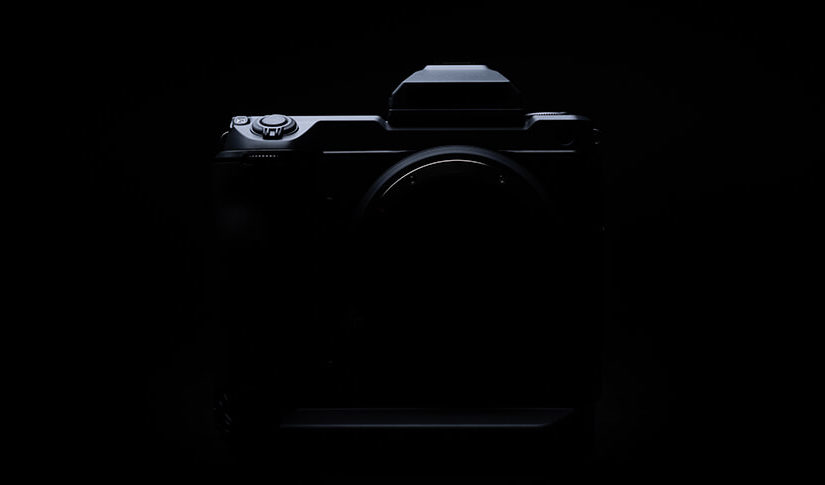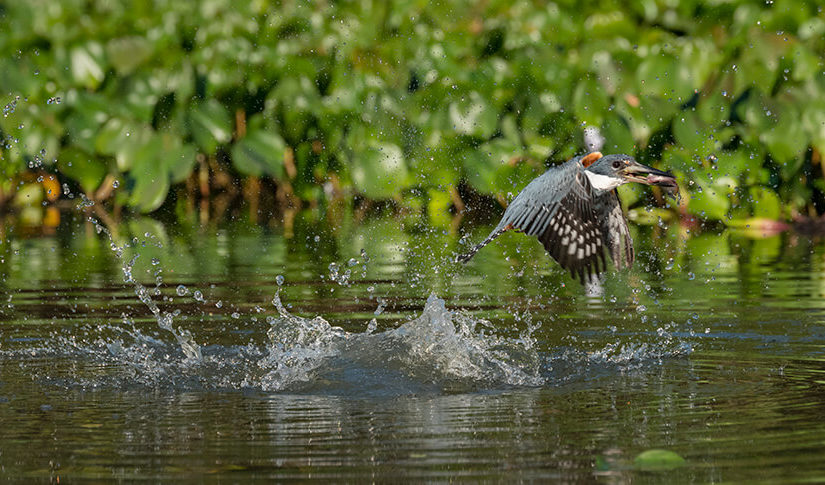
 4 minute read
4 minute read
Go Shallow for a Deeper Story
How depth-of-field affects your photographs and why it is a powerful storytelling tool
In order for an image to resonate with an audience, it needs to provoke emotion and, as photographers, we have a variety of different tools at our disposal that can help achieve this. However, of all the countless functions, settings, accessories, and techniques that can make an enormous difference to how our photographs look, depth-of-field is arguably the most powerful.
We look at how depth-of-field can be used in your storytelling below. But first, let’s discuss what it actually is.

Photo © Alison Conklin
What Is Depth-of-Field?
When you make an image, there is usually a specific point of focus. Maybe it’s a person’s face, a beautiful flower, or a delicious plate of food. Moving forwards and backwards from this point of focus, there is a proportion of the image that is sharp, before it fades away into a smooth blur (otherwise known as bokeh). Depth-of-field refers to how large this area of focus is.
For example, a portrait that shows someone’s face perfectly sharp, but everything behind them as a blur, has a shallow depth-of-field. Alternatively, a landscape where a rock in the foreground is as sharp as a tree on the horizon has a much deeper depth-of-field.

Photo © Karen Hutton
How Do You Achieve It?
The way to control depth-of-field is by adjusting the aperture of your lens. For X Series cameras, this can be done by using the control dial on your camera (if using an XC lens), or twisting the aperture ring on the lens itself (if using an XF lens). And don’t forget: the lower the f-stop, the shallower the depth-of-field. So F2.8, for example, gives shallow depth-of-field, while F16 offers deep depth-of-field.
Other ways to emphasise a shallow depth-of-field include using longer focal lengths, using smaller angles of view, getting closer to your subject, or moving your subject further away from whatever’s behind or in front of it (if it’s possible to do so).

Photo © Bryan Minear
Why Use It?
A shallow depth-of-field can have a profound effect in any genre of photography. The ability to separate a subject from its background is a great way to attract the viewer’s attention and, in turn, provoke that all-important emotion we mentioned earlier. Here’s why…
1. It’s Captivating
If there’s a lot going on in an image, it draws a viewer’s eye to many different points in the frame at the same time. This can be confusing, and often diverts attention away from the story you’re trying to tell.
By using a shallow depth-of-field in your photographs, it is possible to blur backgrounds that might distract the viewer. This emphasises the focal point of the image and the story, encouraging the audience to focus their contemplation where it matters and, consequently, consider the issue more deeply.

Photo © Brandon Ruffin
2. It’s Immersive
As well as helping you direct your audience’s attention, in portraiture particularly, a shallow depth-of-field can offer a great insight into how your subject is feeling. The impact of your portrait is only as powerful as the emotion it portrays and, the more powerful that emotion, the more all-consuming it can be.
By using a shallow depth-of-field to isolate a subject, the image can convey the enormity of that person’s emotion to the viewer. Whether it is euphoric joy, or overwhelming sorrow, this technique shows that in the power of the moment, nothing else matters.
3. It’s Intimate
The human eye works in the same way as a camera lens in that, as you get closer to a subject and focus on it, the scene in the background becomes harder to make out. For this reason, using a shallow depth-of-field is an excellent way to make an image feel more intimate for your audience, because it creates the impression that they are within the subject’s personal space.
When this is combined with a macro lens, allowing the photographer to actually be within just a few inches of a subject, the effect can be extremely compelling.

Photo © Suzanne Stein
Experiment
The best way to master the art of using shallow depth-of-field to tell a story is to get out there and create! Spending time getting acquainted with your aperture settings, and understanding how they affect your final image, is going to ensure you have the confidence to react quickly when the moment presents itself.


























































